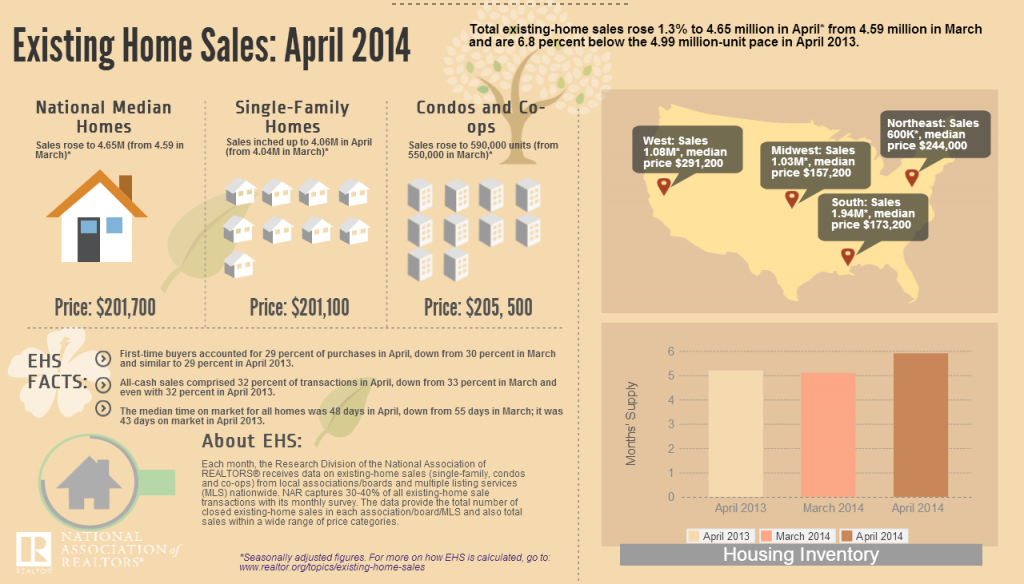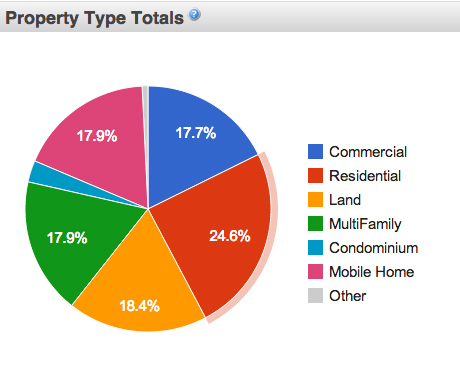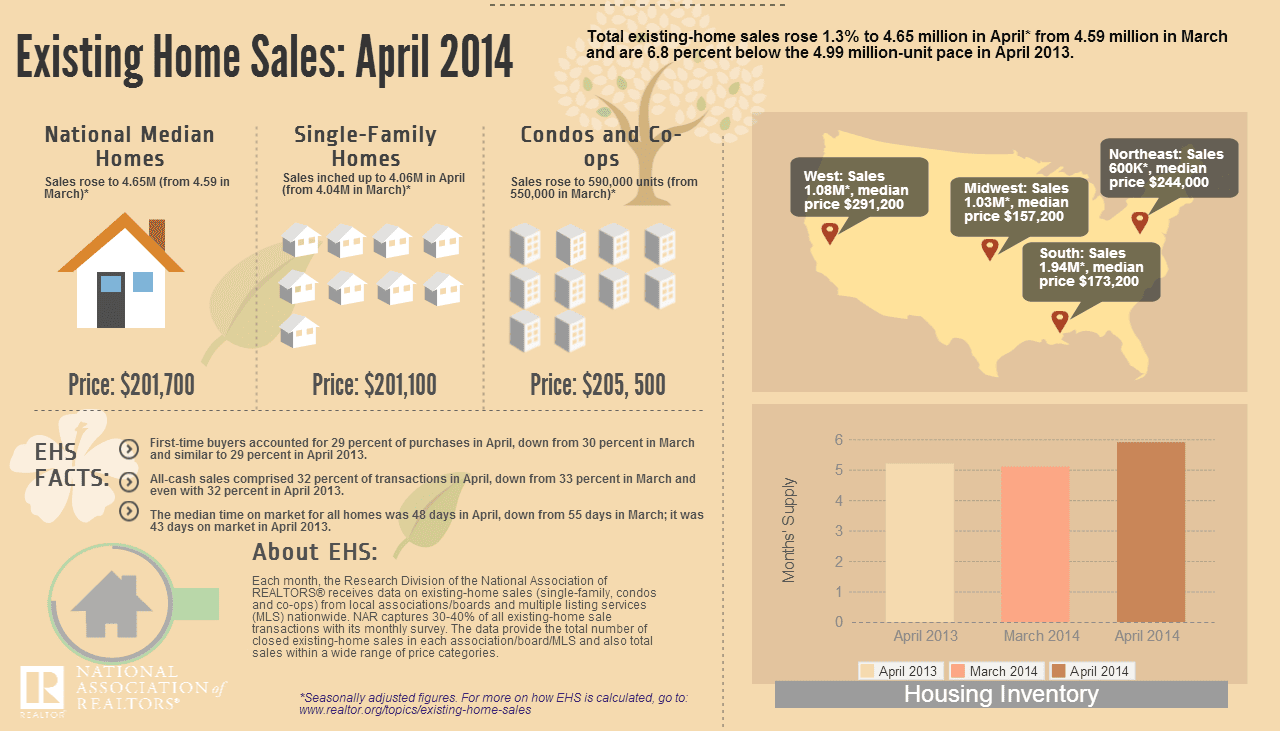Prepping Your Website for the Busy Season, Part 1: Market Research on Summer Traffic
[This blog post is part of a four-part series on how to prep your website for the busy season. Look for following posts over the next few weeks to make sure your website is ready for the rush.] Ah, summer. The sun’s out, the weather’s warm, and flowers are in full bloom. It’s enough to make you feel like Julie Andrews in the Swiss Alps.  That is, unless you’re in real estate. Then, summer is a certified mad house.
That is, unless you’re in real estate. Then, summer is a certified mad house.  The Real Estate Busy Season Summer is a notoriously busy time of year in the real estate world, and the full busy season often lasts from April to September. Buyers tend to come out of hiding in March and April to look for a new home. Clients often choose this time of year to purchase a house because the weather is better to visit open houses, and buyers are hesitant to uproot their children in the middle of the school year. Because of this, sales peak in the warmer months and about 60% of buyers end up moving during the summer season. With so many buyers scouring over a limited inventory, bidding wars often take place, and Realtors get a run for their money.
The Real Estate Busy Season Summer is a notoriously busy time of year in the real estate world, and the full busy season often lasts from April to September. Buyers tend to come out of hiding in March and April to look for a new home. Clients often choose this time of year to purchase a house because the weather is better to visit open houses, and buyers are hesitant to uproot their children in the middle of the school year. Because of this, sales peak in the warmer months and about 60% of buyers end up moving during the summer season. With so many buyers scouring over a limited inventory, bidding wars often take place, and Realtors get a run for their money.  2014 is no exception. March ended with 4.59 million existing homes sold; April sales climbed up to 4.65 homes sold that month. Now that we’re entering the summer season, those numbers are continuing to climb. NAR Chief Economist Lawrence Yun announced that the housing market experienced a 4.9% increase in sales in May with around 4.89 units sold. Let’s add another statistic to the mix: 90% of those home buyers used the Internet during their search. They probably came in contact with more than a couple of real estate websites. They may have even visited your site. So how do you prepare your website for the busy season in order to capture the influx of buyers and sellers in the coming months? Look at the Numbers First, we encourage you to evaluate the traffic on your website. You can do this by navigating to the “Reports” page on the admin dashboard. The “Reports” page displays important data about how visitors use your website. You can create reports based on desired search criteria. These data points show how many searches are conducted on your site, which MLS listings are most popular on your site, and which keywords are in high demand by your visitors. You can also view which search criteria your visitors are most likely to look for – anything from number of bedrooms to different property types.
2014 is no exception. March ended with 4.59 million existing homes sold; April sales climbed up to 4.65 homes sold that month. Now that we’re entering the summer season, those numbers are continuing to climb. NAR Chief Economist Lawrence Yun announced that the housing market experienced a 4.9% increase in sales in May with around 4.89 units sold. Let’s add another statistic to the mix: 90% of those home buyers used the Internet during their search. They probably came in contact with more than a couple of real estate websites. They may have even visited your site. So how do you prepare your website for the busy season in order to capture the influx of buyers and sellers in the coming months? Look at the Numbers First, we encourage you to evaluate the traffic on your website. You can do this by navigating to the “Reports” page on the admin dashboard. The “Reports” page displays important data about how visitors use your website. You can create reports based on desired search criteria. These data points show how many searches are conducted on your site, which MLS listings are most popular on your site, and which keywords are in high demand by your visitors. You can also view which search criteria your visitors are most likely to look for – anything from number of bedrooms to different property types.  These statistics are invaluable to prepping your website for the busy season. You can analyze the reports to determine exactly what visitors are looking for when they land on your site and then optimize your site to cater to those interests. For instance, if you notice that more visitors are starting to search for waterfront properties in June and July, you can create a specific landing page on your website that describes the different lakes in your region. If you want to take this strategy a step further, you can link to a recommended search for waterfront properties on this landing page to make the search process easier for your clients. Recommended searches increase the SEO value of your site and highlight your expertise in the local market. Targeted content is SEO gold. When you create recommended searches, engaging blog posts, and optimized landing pages, you leverage even more SEO power. More SEO power means better rankings, which allow you to capture more traffic to your site during peak seasons. More leads. More clients. More business. Be on the lookout for our second post of the series – “Prepping Your Website for the Busy Season, Part 2: How to Capture the Traffic.”
These statistics are invaluable to prepping your website for the busy season. You can analyze the reports to determine exactly what visitors are looking for when they land on your site and then optimize your site to cater to those interests. For instance, if you notice that more visitors are starting to search for waterfront properties in June and July, you can create a specific landing page on your website that describes the different lakes in your region. If you want to take this strategy a step further, you can link to a recommended search for waterfront properties on this landing page to make the search process easier for your clients. Recommended searches increase the SEO value of your site and highlight your expertise in the local market. Targeted content is SEO gold. When you create recommended searches, engaging blog posts, and optimized landing pages, you leverage even more SEO power. More SEO power means better rankings, which allow you to capture more traffic to your site during peak seasons. More leads. More clients. More business. Be on the lookout for our second post of the series – “Prepping Your Website for the Busy Season, Part 2: How to Capture the Traffic.”









